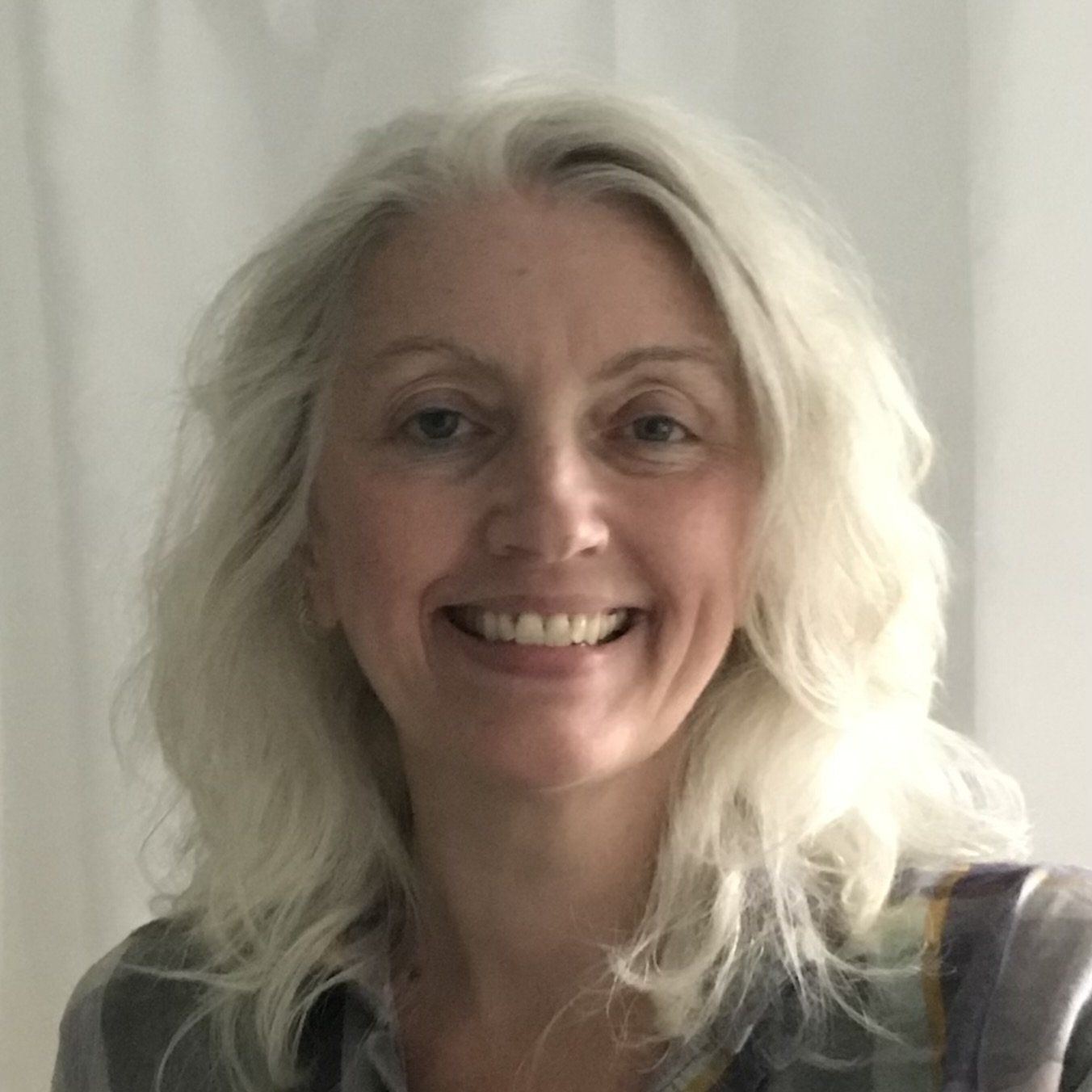Maggie Stanley is a largely self-taught artist born and raised in Massachusetts.
Her parents brought—sometimes dragged—their kids on many nature, history, art, and science outings, which provided rich visual imagery. Recognizing Maggie’s draw to fine art, her mother made sure that places like the MFA, Gardner, Peabody Essex, and deCordova museums became familiar fixtures. She also arranged a few oil painting sessions with a close family friend and painter, Marcia Smith, and signed Maggie up for occasional weekend and summer art classes for children at the deCordova Museum School.
In middle school Maggie decided that 2D art was something she wanted to keep for herself on her own terms, so the only art classes she took for years were ceramics and one intro to sculpture class in college. Through her academic and business careers, she created art “on the side,” mostly on small paper (for ease of carrying in a bag or backpack when walking or traveling), sometimes offering pieces as gifts or prints for sale.
For a number of years she had a crafts business, making tapestry tote bags, silk robes, and embossed velvet scarves and shawls. She and her partner then moved into designing deep etch rubber stamps (best for embossing velvet and stamping clay), having them manufactured, and selling them mainly online.
In the past seven years, Maggie started doing digital art and painting canvas pieces in acrylics. Realizing that she’d like to try 2D art classes again, she joined the Monday night oil painting class at The Umbrella Arts Center in Concord with Lois Andersen. She enjoys being with other artists and connections in the class also led to art group evenings at the Weston Art & Innovation Center.
The idea for Flora(l) Portals at the Morse Institute Library in Natick Massachusetts came about this past spring when Maggie saw the library’s light-filled atrium. Flora(l) Portals was created with this atrium in mind.
Maggie’s multi-step process began with photos of flora collected from her travels. She applied light acrylic molding/modeling paste to a primed canvas using tiling trowels and cake decorating knives to create a stucco-like texture. Then a rust-colored acrylic undercoat was applied. Using an iPad, Maggie digitally edited each photo, then digitally traced a simplified black and white sketch over it. She then projected the digital sketch onto the prepared canvas and roughly traced the image with a large pigment art marker (not a Sharpie: that ink bleeds through paint). She kept the floral photo near the canvas as she worked with acrylic paints.
Flora(l) Portals represents Maggie’s first solo show, and these are the largest pieces she has created to date. By the time Flora(l) Portals is hanging, most of the flowers represented will have passed for the year. Hopefully the images will bring joy and a resolution to appreciate the miracle of (sometimes fragile) beauty whenever it is present.
Cheers!
10/4/2024

